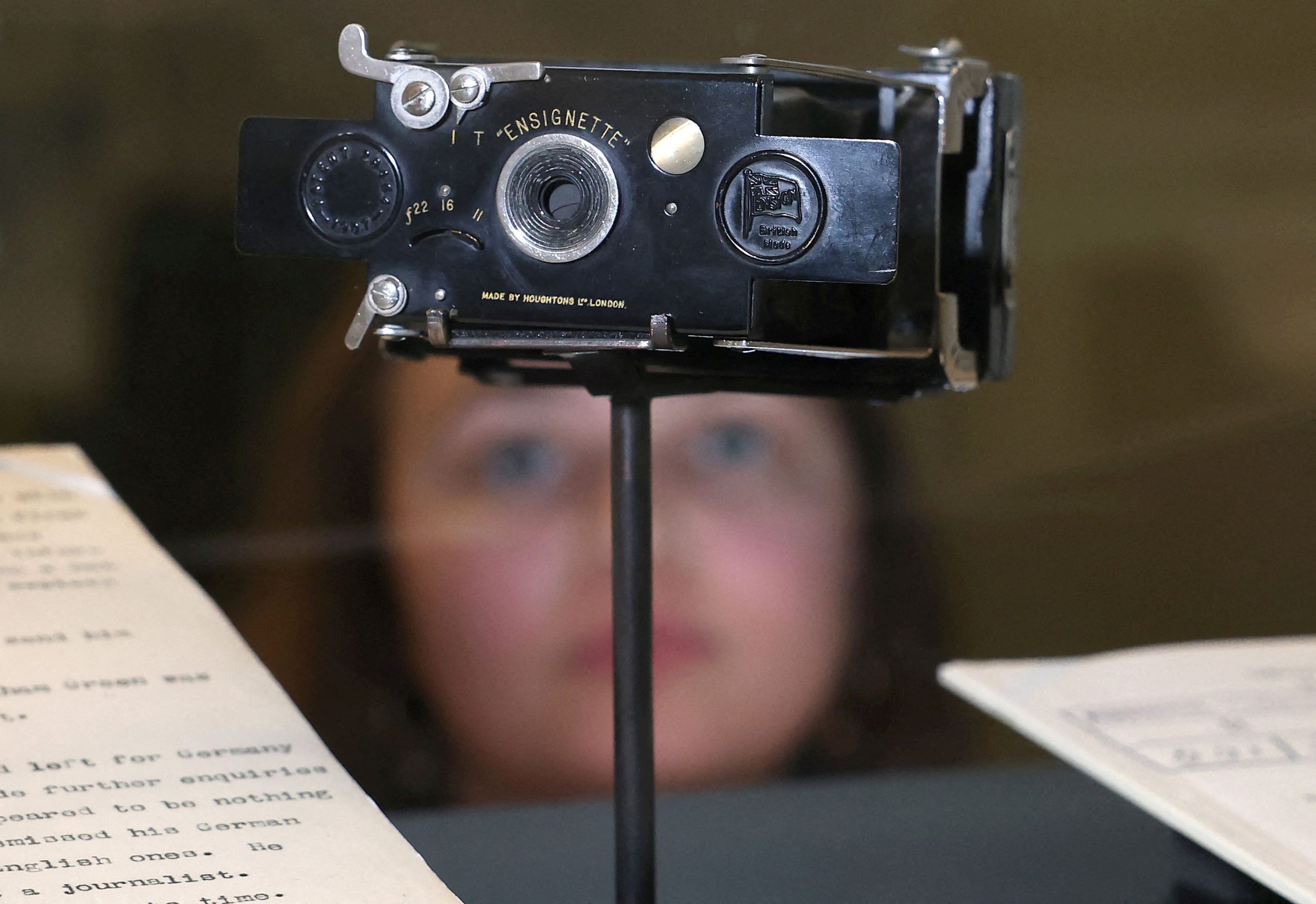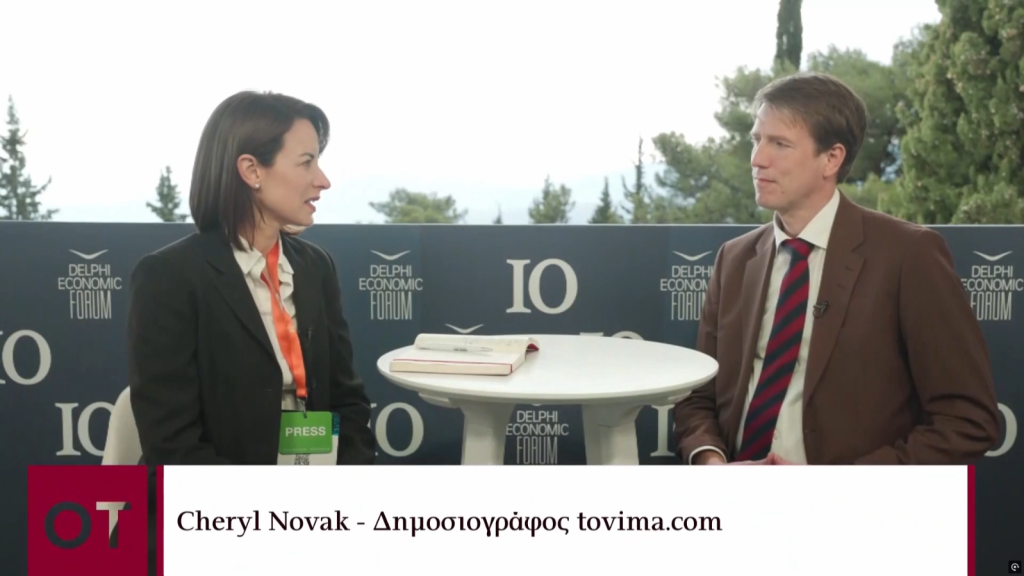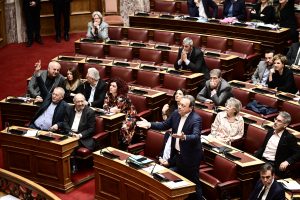MI5 is finally laying its secrets bare after over a century of clandestine operations.
The covert world of espionage has long captivated the public imagination, often shrouded in mystery and intrigue. Now, Britain’s domestic intelligence agency, MI5, is offering an unprecedented glimpse into its secretive past with the launch of “MI5: Official Secrets,” an exhibition at The National Archives in southwest London.
MI5’s director general, Ken McCallum, stated that the agency aims to embrace greater transparency, according to Reuters.
Running from April 5 to September 28, 2025, this free exhibition showcases a curated selection of espionage tools, documents, and artifacts spanning the agency’s 115-year history.
Among the standout exhibits is a 110-year-old, shriveled lemon, once wielded by German spy Karl Muller during World War I. Muller used the lemon’s juice as invisible ink to write secret messages, which ultimately led to his capture and execution in 1915 at the Tower of London.
The exhibition also explores the complex narratives of the “Cambridge Five,” a notorious group of double agents who infiltrated British intelligence to spy for the Soviet Union from the 1930s to the 1950s, according to Reuters.
Visitors can examine confessions and surveillance reports related to figures like Kim Philby and Anthony Blunt, offering insights into their furtive activities and the broader implications of their betrayals.
The exhibition also acts as a time capsule, capturing evolving political sentiments. A 1945 report by spymaster Maxwell White reveals extensive dialogue concerning the possibility of women becoming agents, according to AP News.
“It is frequently alleged that women are less discreet than men,” Dunton told AP News, noting that the notion is false and that in “hundreds of cases of ‘loose talk,’” it was typically men switching sides or slipping secrets.
By simultaneously highlighting the tools and tactics of espionage and reflecting on the evolving role of intelligence in national security, the exhibition marks a significant shift from the agency’s traditionally secretive stance, instead inviting the public to engage with its weathered history.






